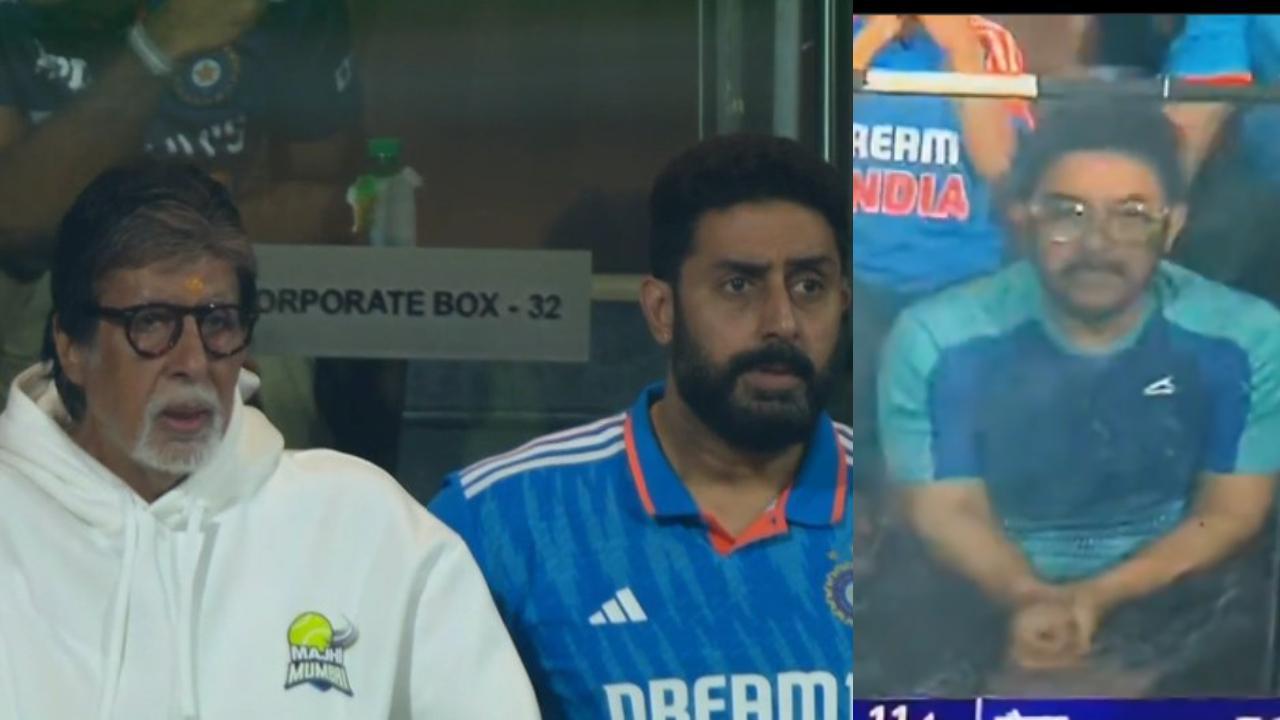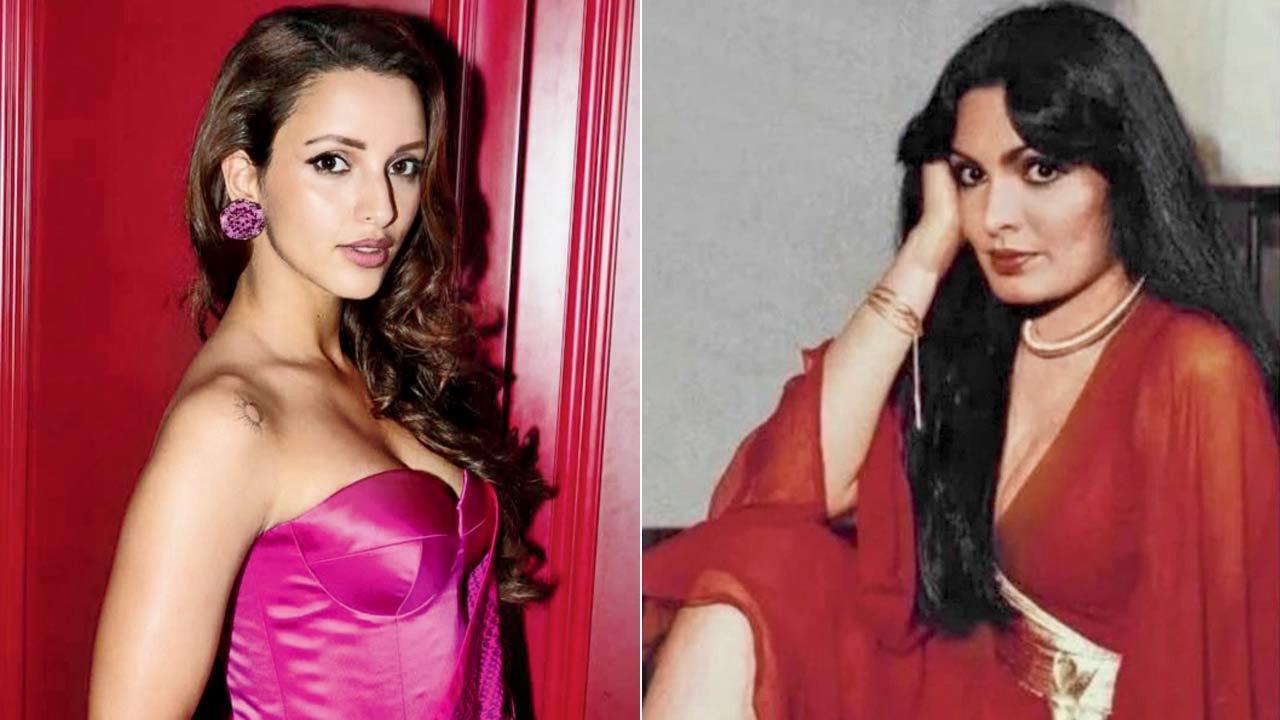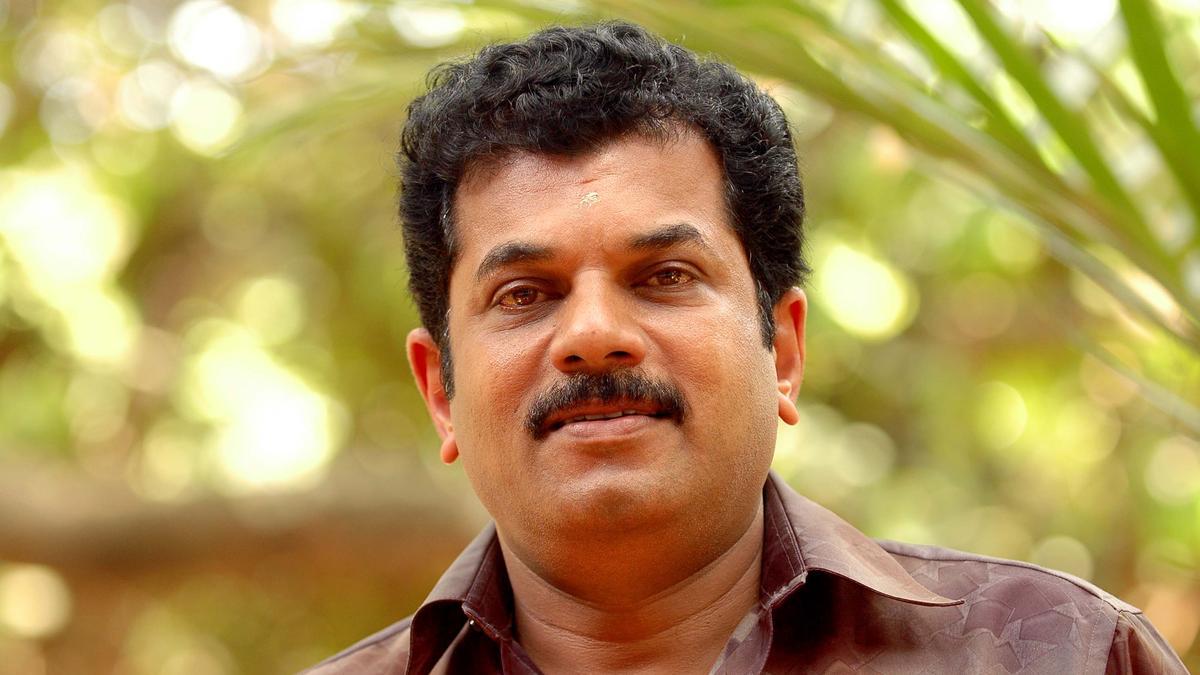
As the Indian film industry continues to flourish, Karan Johar, a pinnacle of Bollywood directing and producing, recently commemorated his five years of directing with the launch of his seventh film, ‘Rocky Aur Rani Kii Prem Kahani’. Featuring a star-studded cast including the likes of Ranveer Singh, Alia Bhatt, Shabana Azmi, Dharmendra, and Jaya Bachchan, the film managed to captivate audiences and critics alike, becoming a box office sensation.
Despite this personal success, Johar has openly expressed his admiration for a film, not of his own making, which for him surpassed all others in 2023 – ‘Animal’, directed by Sandeep Reddy Vanga and starring Ranbir Kapoor in the lead role. During an engaging and broad-reaching discussion at the mega pan-Indian roundtable 2023 organized by Galatta Plus, Karan Johar was candid about his views on ‘Animal’. Among esteemed colleagues such as Taapsee Pannu, Rani Mukerji, Rima Das, Jude Anthany Joseph, and Prithvi Konanur, Johar voiced his perspective with unabashed boldness.
Addressing the contrasting styles between his work and ‘Animal’, Johar stated, “People have confronted me, questioning how I could endorse ‘Animal’ after having made ‘Rocky Aur Rani’, which they perceive as diametrically opposite to the kind of cinema ‘Animal’ represents. But to me, the definitive film of the year is undeniably ‘Animal’. Arriving at this acknowledgment was no hasty decision; it required considerable contemplation and bravery. The fear of judgment is omnipresent among your peers. It reminds me of the time ‘Kabir Singh’ was released, a film I enjoyed greatly – I knew then that expressing my appreciation might invite scornful glares from some quarters. However, I have reached a point where I am no longer concerned with such trivialities.”
Elaborating further on his fascination with Sandeep Reddy Vanga’s filmmaking, Johar delved into his emotional response to ‘Animal’: “The film’s robust, conviction-driven narrative shattered conventional storytelling paradigms, and challenged established cinematic norms. The interval sequence itself, with its unconventional portrayal of the protagonist’s plight, was pure genius. And then there was the climax. A gritty confrontation set to an evocative soundtrack that reduced me to tears – despite the scene being awash with blood, not sentimentality. This stirred a profound realization in me: either there is something terribly amiss with me, or with him [Vanga], or perhaps, more pertinently, there’s an extraordinary rightness within the tapestry of this film that makes it unconventional and compelling. It’s not an average mind that ponders such creativity; it’s one that is unapologetically unique. So impactful was my first viewing that I felt compelled to watch the film a second time, not as a mere spectator, but as a student keen to dissect its elements. The groundbreaking acceptance and success of ‘Animal’ is, in my opinion, a watershed moment for our industry. The sort of conviction Sandeep Reddy Vanga has showcased is the kind I aspire to imbue in my future creations.”
As he went on to describe the film’s transcendence of mainstream tropes and its singular storytelling approach, it became evident that for Karan Johar the artistry and visceral impact of ‘Animal’ had made an indelible mark. In his journey thus far, from crafting family sagas to trendsetting college tales, Karan Johar remains a shimmering emblem of Bollywood’s evolving landscape. And yet, even as a bastion of contemporary Indian cinema, Johar’s recognition of an outside work as the pinnacle achievement of the year speaks to both the dynamism of the industry and his own eclectic tastes.
In analyzing the varied reactions to both ‘Rocky Aur Rani Kii Prem Kahani’ and ‘Animal’, it is clear that success in cinema can take many guises, echoing the sentiments of the audiences who view them, the critics who evaluate them, and the filmmakers who create them. Karan Johar’s forthright endorsement of ‘Animal’ highlights the importance of authenticity and personal vision in cinematic storytelling, thus affirming the rich tapestry that defines Indian cinema today.










